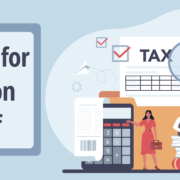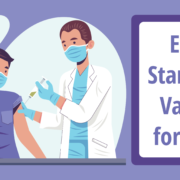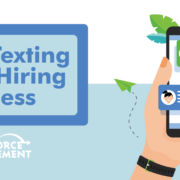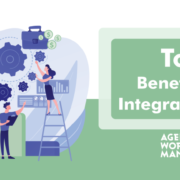Tax Credits for Vaccination Time Off
The Internal Revenue Service and the Treasury Department announced further details of tax credits available under the American Rescue Plan to help small businesses, including providing paid leave for employees receiving COVID-19 vaccinations.
Eligible employers, such as businesses and tax-exempt organizations with fewer than 500 employees and certain governmental employers, can receive a tax credit for providing paid time off for each employee receiving the vaccine and for any time needed to recover from the vaccine. For example, if an eligible employer offers employees a paid day off in order to get vaccinated, the employer can receive a tax credit equal to the wages paid to employees for that day.
The American Rescue Plan Act of 2021 (ARP) allows small and midsize employers, and certain governmental employers, to claim refundable tax credits to reimburse for the cost of providing paid sick and family leave to their employees due to COVID-19. The ARP tax credits are available to eligible employers that pay sick and family leave for leave from April 1, 2021, through Sept. 30, 2021.
The paid leave credits under the ARP are tax credits against the employer’s share of the Medicare tax. The tax credits are refundable, which means that the employer is entitled to payment of the full amount of the credits if it exceeds the employer’s share of the Medicare tax.






